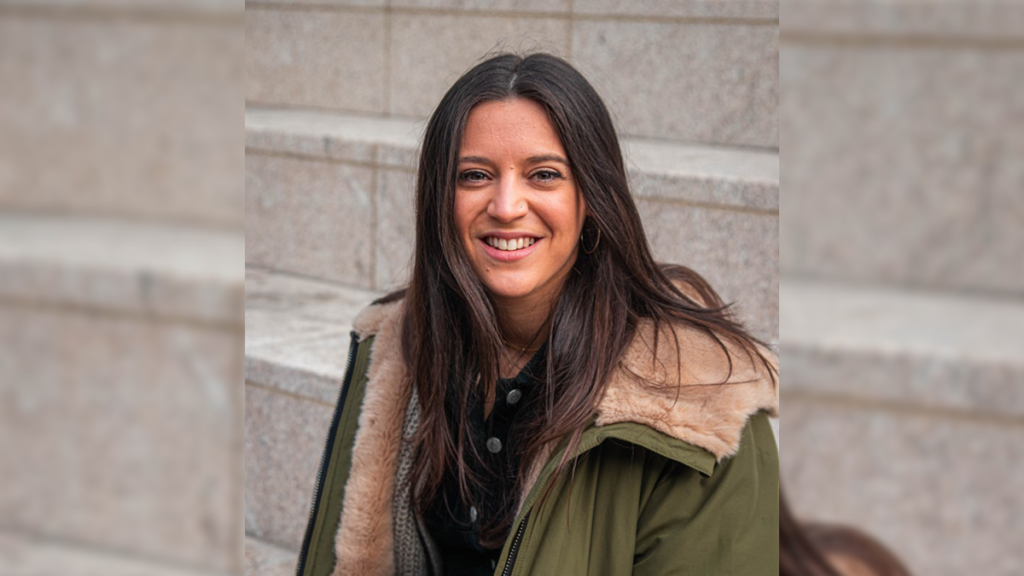By Ilana Green, strategist, Born Social
It’s a tale as old as time that brands with consistency and distinctiveness are more memorable.
Those brands that are more memorable tend to be front of mind when it comes to purchase decisions; so a more distinctive brand often means a more successful one.
In the traditional ‘ad landscape’, there were fewer touchpoints for a brand to control; the tv ads, the logos and jingles, even the brand ambassadors were a single standout celebrity or partner that you could keep track of.
With the rise of social media, the audience voice has grown and got louder; and there are countless more spaces for the brand conversation to take hold. Whether it’s through a fan-Facebook page, parody Twitter accounts, or the latest trend of Clubhouse rooms dedicated to audiences talking about their favourite brands. With this spread of conversation, brands are losing control in a decentralised world.
So the problem here is: how do you retain consistency without full control of the conversation?
The solution is thinking of that audience input as an opportunity, rather than a threat. Those talking about a brand are often the ones experiencing it; so crafting a shared narrative that’s held by the brand but built with the community in mind. Creating an identity that can be owned by the brand and evolves with the audience.
How do you get there? How do you build a shared brand identity with the community that keeps the conversation consistent and distinctive? Here’s how.
Distinctive Product Assets
The evolution of distinctive ‘brand’ assets, distinctive ‘product’ assets are identifiable, branded products that are part of the audience experience; think tote bags, unique logo-embellished glassware, or a standout motif on clothing. These products enhance the consumer experience, and often allow the user to express themselves beyond the brand activity, the New Yorker tote that comes free with a magazine subscription is a good example. It’s an extremely useful product for carrying your everyday items, but it also tells everyone around you the kind of content you consume with the standout logo & pattern.
Curators & Creators
Working with influencers and partners is inevitable in the current social age; but it’s vital to build long term relationships with the right authentic partners that can tell the shared brand story in their own way.
Where influencers used to be placed in one category, the landscape has become a lot more nuanced; leading to ‘curators’ and ‘creators’. Curators sift through the noise on social and give guidance for the best brands, products and stories for their audiences to follow. They’re the editors that add value to the conversation with their authority and brand experiences. Creators add their own spin to the brand narrative, making unique content with their defined skillset.
The beauty industry is rife with curators testing and trialling products, but cosmetics brand E.L.F. took their social activity one step further by launching a collaboration with Twitch gamer Loserfruit; using her unique position as a Twitch gamer with a love of makeup and recreating her Fortnite character with the help of E.L.F. makeup in a YouTube campaign.
Co-Creation
Consumers are far more positive about brands they’ve had a hand in creating; whether that be the product itself or the marketing campaign, and with ‘generation creation’ making more content (especially with the rise of TikTok and the extended time at home in the pandemic), audience collaboration is the final step to building with community.
Brands such as Pret have used the wide scope of interactive formats on Instagram to get their audience’s view on food to keep on the menu or new recipes to trial. This audience input makes sure that they’re keen to keep an eye on Pret’s offering to see if their chosen items are available in store.
The TikTok duet feature encourages collaboration and remixing of content from within the platform. Marc Jacobs used duets to launch their latest perfume with an influencer video that their audience were encouraged to interact with and create complementary content. This approach meant the brand had a consistent and distinctive voice in the conversation, but the audience could interpret their half of the screen whichever way they chose.
These social-first routes to building with community allow brands to craft a shared narrative that respects the audience, brings them into the conversation with enough guidance for a standout brand identity. Enhancing their experience to encourage those memory cues and bring the consumer back to the brand time and time again.












